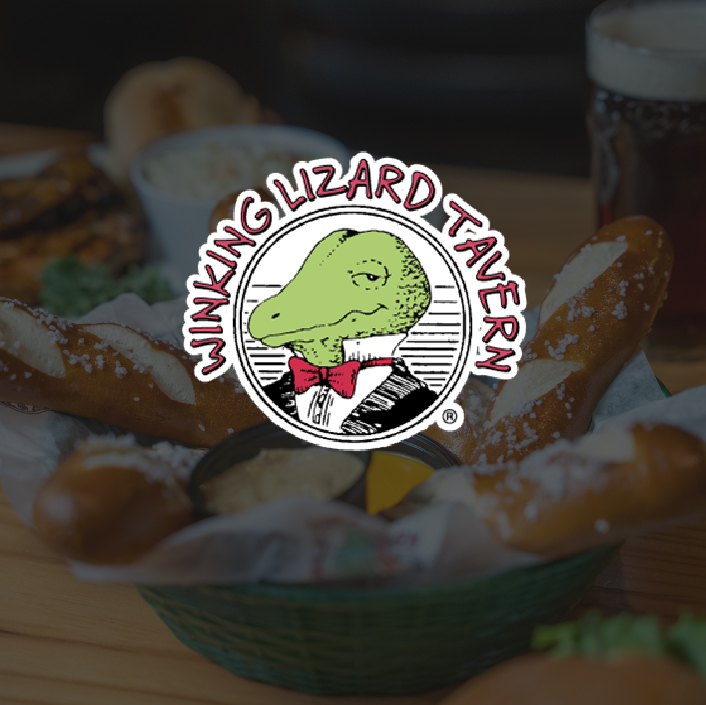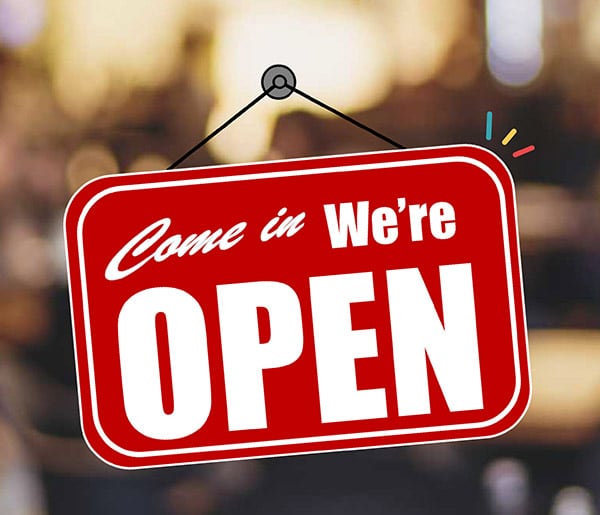
How technology can help with the restaurant labor shortage

The restaurant industry continues to struggle with staffing shortages, even multiple years removed from the start of the pandemic. While the first quarter of 2024 has seen an upward trend in restaurant employment, minimum wage increases in 22 states adds extra pressure on restaurants who are already running on thin margins.
These challenges likely bring more change to an industry that has faced it’s fair share of adversity over the last few years. While labor is becoming a more accessible resource, there is still plenty to learn about how restaurants are adapting their business and how they’re adopting technology to help. Read on to learn more.
Why is there a labor shortage in the restaurant industry?
The restaurant labor shortage is a complex issue that has had a number of different causes over the last few years. Between 2020 and 2022, COVID-19 exacerbated underlying issues within the industry. Restaurant workers who were already earning low wages were concerned about exposure to the virus and believed the risk was not worth the poor pay.
Following the initial waves of the pandemic, restrictions on in-person dining were loosened. This lead to a large consumer demand for restaurant dining that the industry could not meet with it’s limited labor pool. As a result, many restaurants had to restrict their hours, close locations, or cease operation altogether.
According to the National Restaurant Association, job openings in the restaurant industry have seen a steady decline in the first quarter of 2024, indicating that more operators are able to fill open roles. However, recruiting employees remains a significant challenge for restaurant owners and operators as labor is more expensive now than it was pre-pandemic. With the average restaurant margin sitting between 3-5%, it is expected that the industry will continue to struggle to fill positions as business models change to account for the additional labor costs.
How the restaurant labor shortage might affect you
Restaurants continue to see the effects of higher demand and fewer staff members.
Longer wait times
One of the most common ways restaurants (and their guests) are being affected by the ongoing worker shortage is through longer wait times. Without their full staff, restaurants aren’t able to seat, serve, and cook for the same number of tables, which means guests are spending more time on waitlists, and waiting longer for their orders to arrive once they are seated.
Higher expectations on staff
Between mandatory minimum wage increases from state governments and voluntary wage increases from restaurants trying to stand out in a competitive labor market, it’s likely owners will expect more from their expensive staff. Rather than specialists who can do one thing exceptionally well, many owners might opt for generalists who can do a variety of tasks to a serviceable level. An employee who provides excellent customer service and can help market the business on social media will be much more valuable than someone who can only do one.
Smaller profits
With longer wait times and slower service, restaurants just aren’t able to serve as many guests as they could. Longer wait times also tend to mean that guests order less overall. Fewer and smaller checks means restaurants are seeing less revenue, which means less profit.
Higher prices
As restaurants struggle to cover their overhead costs with slower table turnover, many are raising their prices to remain profitable. Some restaurants are also increasing price so they can afford to increase wages, offer health insurance and other benefits, or provide perks to entice new hires. Many restaurants are being transparent with guests about the fact that these higher prices are the result of their struggle to find and retain staff.
More competition for good talent
And finally, restaurants are having to compete with one another for the workers who are available. Restaurants that offer more competitive wages and benefits to their staff are the ones that workers are gravitating toward. As the entire industry struggles to find and retain workers, competition is fierce among restaurants.
How to keep your restaurant running during a labor shortage
In recent months, we’ve seen businesses all over the country (including restaurants) pull out all the stops to try to attract and retain workers. Small business owners, including restaurateurs, are offering signing bonuses and gifts for new hires to make their workplaces seem more attractive. But will that work long term? Can a signing bonus fix the systemic problems with restaurant staffing that have contributed to this crisis?
In reality, the restaurants who thrive during this labor shortage will be the ones who make big changes to their hiring and staffing models. Here are some tactics to consider.
Make your restaurant a great place to work
Higher minimum wages in 2024 mean that prospective employees have far more options for higher pay, especially if there willing to relocate to a state that increased wages. One of the best ways for restaurants to survive this labor shortage and any other future turmoil in the industry is to offer workers something better than the minimum.
Restaurants tend to operate on slim profit margins, so it’s understandable if you feel like there’s just no room in the budget for higher wages or benefits for your workers. But consider this: The Center for Hospitality Research at Cornell estimates that turnover for a single, front-line restaurant employee costs nearly $6,000. If you could avoid that cost by retaining your employees, that money could be reinvested in giving them reasons to stay.
Additionally, restaurant guests are showing more and more willingness to pay higher prices at restaurants if it means food service workers get fair pay and benefits like health care, paid vacation, childcare, and retirement contributions. Some restaurants have even eliminated tipping, and advertise that to guests, who happily pay slightly higher food prices knowing they’re supporting good jobs for restaurant workers.
Focus on retaining workers
This goes hand-in-hand with providing restaurant staff a great place to work, but it’s especially important when labor is becoming more expensive.
As you’re hiring to return to full capacity, don’t say yes to anyone who applies for a job at your restaurant. Instead, hire with retention in mind. Take the extra time you need to find people who are a good fit for both full-time and part-time roles. Build a team that works well together, and then treat them well so they don’t have a reason to leave for a job at another restaurant.
Create a staff referral program
Hospitality industry folks are a tight-knit bunch. If you already have some great employees, odds are they know other restaurant workers who are also great at what they do. Enlist their help in the hiring process by implementing an employee referral program. Offer a bonus to any staff member who refers someone you end up hiring. They’ll help spread the word about your job openings.
How technology can ease the restaurant labor shortage
While the restaurant industry finds its footing, technology can help ease some of the challenges that stem from the ongoing labor shortage. Here’s how to make the most of tech tools to streamline your workflow and take some of the pressure of the staff you do have.
Restaurant technology tools for automation
More and more, restaurants are embracing automation tools to handle the more tedious parts of their workflow. For example, many reservation and waitlist tools rely on guests to fill out their own information rather than tasking staff members at a phone or host station to manage these lists.
Another great place to implement automation is with marketing efforts. Many restaurants use tools that automate email sends based on customer data and behavior. Whether sending offers for upcoming birthdays or inviting a guest to place another order if they haven’t ordered in 30 days, automated emails have proven to drive sales, improve relationships with guests, and save staff time on their marketing efforts.
Restaurant technology tools for productivity
With reduced opening hours, restaurants need a way to boost their productivity that doesn’t overburden their service staff. That’s where direct online ordering comes in.
Restaurants that take online orders from their websites see huge boosts in sales and profit—for takeout and delivery orders. By adding online ordering for your guests, you can serve more of them and give your bottom line the boost it needs to help you weather this storm.
Artificial intelligence for restaurants
A great number of restaurants are finding ways to implement artificial intelligence to help with time-consuming tasks. AI’s ability to handle a large volume of work for a relatively cheap price makes it a lucrative option for restaurants looking to improve their margins in an expensive labor market. From automatically answering phone calls to drafting marketing content, there is a growing number of ways operators can implement the solutions into their business.
The best technology for restaurants
From automated emails and direct online ordering to AI-powered phone answering and marketing, Popmenu is the restaurant industry’s top-provider when it comes to technology solutions that save restaurants time and drive sales. Interested in how our platform can help your restaurant in a tight labor market? Schedule a free demo today.





.jpeg)






